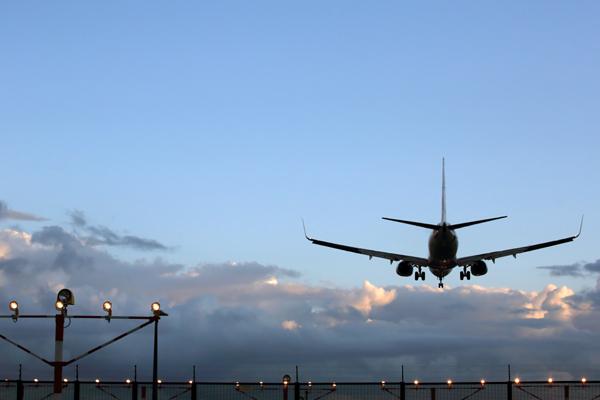
There’s a lot of talk about how the COVID-19 coronavirus adapts, and understandable concern about the infection rates of new mutations. What’s often overlooked, however, is how significantly humans have adapted, individually and as collectives, and how much has been learned over the past 18 months.
Scientific understanding of the virus is immensely deeper today than in early 2019 and has been a critical contributor to the rapid rollout of effective vaccines that are an astounding human answer to the virus’ deadliness. People in the global air transport and travel industry have adapted rapidly, too.
The suddenness and extent of COVID’s spread dealt a cruel, devastating blow to an industry that went from boom to bust almost overnight. But, like a lot of individuals who suddenly asked, “So how can I use this Microsoft Teams thing on my computer do x?,” airline and airport managers looked at tools already at their disposal in a different way.
How do crisis communications’ plans—typically geared toward a one-off event like a crash—hold up against a prolonged crisis that threatens everything at once, including human life (employees and customers), financial stability, connectivity and, indeed, the very business itself? How to convey information, confidence and reassurance to a widely spread (in many cases global) employee and customer base on a daily, even hourly, basis over extended periods? How to apply this industry’s particular expertise in risk assessment and safety to a threat that is oblivious to aircraft envelopes, airworthiness directives and FAA certifications?
Airlines and airports, and the entire air transport supply chain, have adapted. Safety remains the top priority, but the definition of safe flying has broadened. Flexibility has become a highly prized asset. Cost control has taken on a whole new seriousness, perhaps not before time. Customers—be it those who fly or those who buy aircraft—have probably never been more appreciated and there’s perhaps a touch more humility about those relationships, or at least a recognition that some of the less-humble customer service practices of the past will no longer be acceptable. There is far more collective industry advocacy and common speech on common issues, with airlines, airports, suppliers, trade associations and the global alliances speaking with one voice.
In their information sharing and discussions on issues related to the pandemic, all have learned much about how the virus works and how to mitigate infection risks, from check-in through departure and arrival in a foreign country.
The industry has shared that learning, and the scientific data that support it, with governments worldwide, which have their own direct access to data from experts in human health, pandemics and viruses. Governments now need to follow the logic of that scientific data, set timelines for the reopening of borders, and stick to those timelines. No more vague talk about task forces and ongoing discussions about when the time will be right. No more flip-flopping and traffic light systems that screech from green to red. The restart should start now, especially in key air traffic corridors like the transatlantic market, and it must be consistent.
Canada, after a months-long freedom-of-movement freeze that would have been unthinkable in 2019, is finally lifting its international travel bans, first opening to Americans and Canadian citizens in the US and then to the wider community this summer and fall. Canada is showing the path that others can follow. It has set actual dates—allowing travelers, airlines and airports time to prepare—and is basing the initial reopenings on proof of vaccination.
Governments also need to fast-track the setting of common standards for vaccination and testing credentials so they can be digitalized, verified and synchronized with a passenger’s passport before they arrive at the airport—a travel practice long-established and trusted in international visa programs. Testing will continue to be an important part of quarantine-free international travel while vaccination programs are established worldwide, but they should also be simplified and standardized. Rapid tests are growing more accurate; governments can again follow the science of their increased usefulness and make these the standard for international travel where testing is required. They are easier to access and cheaper; governments should ensure they stay that way and are not subject to price gouging.
Crucially, international transit passengers should not be subjected to government quarantine or testing requirements of any country beyond those whose immigration lines they cross. The restoration of global air connectivity cannot depend solely on point-to-point flights. This industry was built on a highly efficient network of airline alliances, joint ventures, partnerships and codesharing that maximizes access while minimizing cost. The result has been that more people can afford to fly to more places in the world than ever before. As borders reopen, that ability to easily transit through hubs must remain in place.
Some would argue that the world, governments, agencies and the air transport industry were naïve in 2019 as the first indications appeared of what would become a global pandemic. Lessons were often learned the hard way, but all are considerably wiser now. It’s time to use that wisdom to reopen the world.





